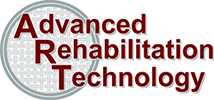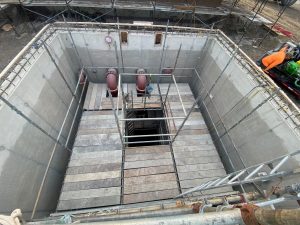
The Ford Road Pump Station in Perrysburg Township, Ohio, is a part of the Northwestern Water and Sewer District’s $7 million project to build a new station across the street from the existing one. The old station was nearing the end of its service life and would be unable to meet the growing community’s future sanitary sewer needs. In addition, the original pump steel-can-style station from the 1960s was fitted with equipment requiring hard-to-find repair parts and difficult-to-maintain dry well and wet well.
At 22’ x 22’ x 50’ deep, the new pump station is the largest in the District’s collection system. The new station will be rated at over 4,500 gpm, with 455 hp Flygt US high (75%) efficiency submersible pumps, variable speed drives for added flexibility, real-time monitoring, state of the art-pump controls, custom-designed hydraulics, and a 1000 KW back up power generator.
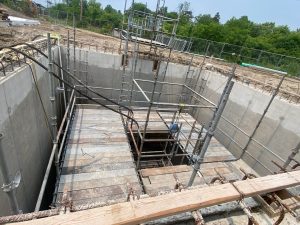
In the summer of 2023, ART was called to line the wet well of the new facility, as they wanted an internal lining system installed right from the start. “The engineer of the project is very forward-thinking,” said Dan Hurlbert, Business Development Manager of Ohio and West Virginia with ART. “He knew that OBIC products can and should be used for new structures and not just for repairs of aging or damaged ones because it prevents corrosion and infiltration from even starting, which keeps the structure like new longer. In a multi-million dollar project like this one, he didn’t want to set his customer up for failure.”
The other important benefit of lining a new structure is it provides significant cost savings because it’s already bypassed. Having to bypass a structure is a huge expense for a municipality to incur to line it after the system is put into service. As the pump station was below grade and pre-cast, it is quite probable that it would crack over time due to the ground shifting and allow leaks to come in. In addition, hydrogen sulfide corrosion is inherent with any wastewater structure and these gases will deteriorate it at an alarming rate. This causes infiltration in your system that increases costs for your municipality. By lining the Perrysburg Township wet well from the beginning, it is protected from groundwater infiltration and hydrogen sulfide from the beginning.
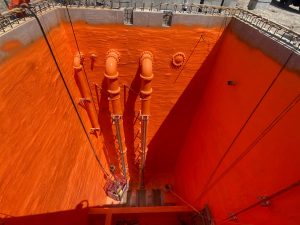
“We started with about a week’s worth of hydro blasting with a 38,000 psi pressure washer to get a good surface profile to get concrete laitance off and be able to bond to,” said Hurlbert. “Once the substrate was surface dry, we applied OBIC’s concrete primer to further prep the structure for lining. We had multiple crews working to apply the three-layer process on all four walls and the floor where they met to seal it, which took another week. We poured the lid in place as it was not on initially and waited 28 days for it to cure. After that, we spent another week hydro blasting the top three feet of the walls and the lid to create that perfect surface profile again to finish lining the rest of the structure and across the ceiling.”
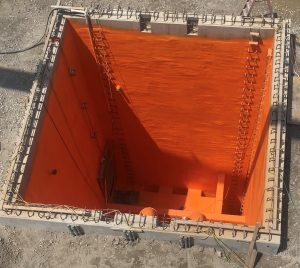
The most important step of the project was a thorough inspection to look for holidays. “It was very tedious with so much surface area being lined,” said Hurlbert. “It took multiple days and a half dozen guys scouring the interior of this large structure to inspect for voids or thin spots in the liner. This is a critical step as it can potentially set you up for failure if you don’t.”
But in the end, this attention to detail was worth it as ART created a seamless, monolithic waterproof membrane for the whole pump station that’s tough and durable to last into the future.
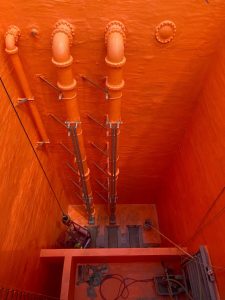
OBIC lining systems are designed to extend the life of the structure by 50 years or longer, and all ART-installed multi-layered systems and OBIC Armor systems include a 10-year manufacturing warranty.
ART is an OBIC-certified installer and can offer high-quality, cost-effective alternatives to the replacement of underground infrastructure. For more information, or to schedule a free, customized product demonstration, call 419-636-2684.
